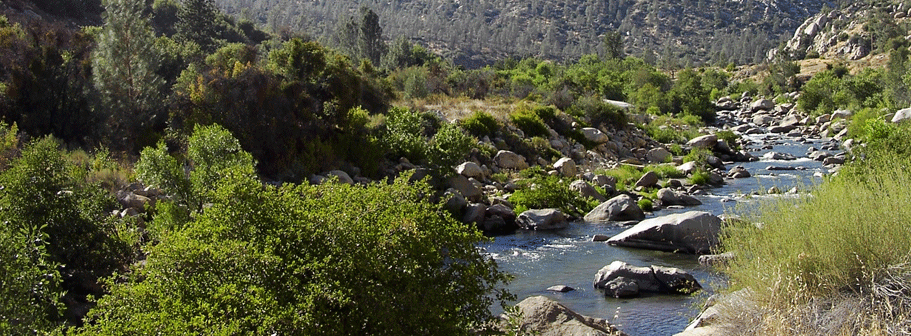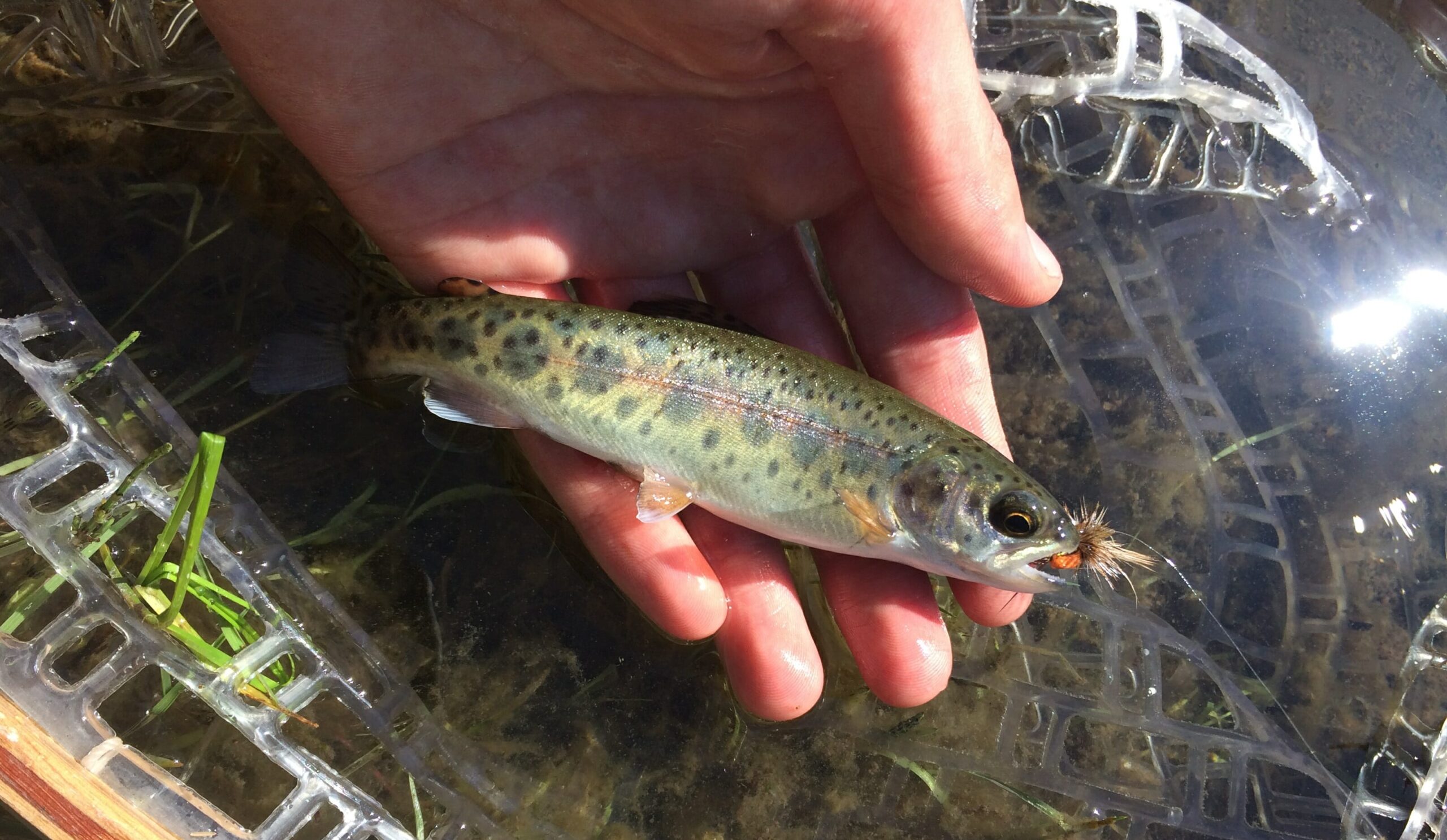Native redband trout from upper Jenny Creek, Cascade-Siskiyou National Monument, Oregon. This monument, and others with quality sporting opportunities, are targeted for downsizing or reduction in resource protections by the Trump administration. Photo: Kaden Swart
Theodore Roosevelt might be resting a little uneasily in his grave.
Roosevelt, America’s greatest sportsman-conservationist, used his presidency to promote the protection of our country’s public lands, waters, and wildlife as a matter of national policy. Using laws such as the 1906 Antiquities Act, he established the first national monuments and ensured that the United States would both conserve and responsibly use our natural resources so that future generations could appreciate and benefit from them.
Thanks to Roosevelt’s vision, for more than a century the United States has acted to protect public lands and waters with special scenic, historic, and ecological values from unchecked development. This balance between protection and consumption of natural resources is the foundation of the American sporting ethic.
But the Trump administration seems to have a different vision. On Monday, the president announced during a brief stop in Utah that he is dramatically reducing the size of Bears Ears and Grand Staircase-Escalante National Monuments.
Leaving aside the question of whether the president can do this under the law, this action should be of concern to all sportsmen and women. There is no sporting opportunity without high-quality habitat; we need to better protect the productive habitat that remains. Many national monuments have such habitat, and provide good access for hunting and fishing.
 Kern River Canyon, Giant Sequoia National Monument, California
Kern River Canyon, Giant Sequoia National Monument, California
National monument designation has proven an effective way of protecting sensitive natural and historic resources while allowing traditional uses and public access to continue. Among the activities allowed in national monuments are livestock grazing, mining of valid mineral claims, hunting and fishing, and driving a motorized vehicle over hundreds of miles of designated roads and trails.
While there are limited fishing values at stake in Bears Ears and Grand Staircase-Escalante, actions that diminish or eliminate protections for any national monument jeopardize monuments that do provide great fishing opportunity, such as Cascade-Siskiyou (Oregon and California), Browns Canyon (Colorado), Katahdin Woods and Waters (Maine), and Giant Sequoia (California).
Across the country, anglers and hunters have spoken out in support of special designations to protect prime habitat and sporting opportunities. For example, leading sporting businesses and organizations in Oregon and California recently sent this letter TU CA-OR conservation and fishing industry letter re CSNM.pdf to President Trump and Secretary of the Interior Ryan Zinke, urging them to reconsider the proposed reduction in size of Cascade-Siskiyou and other national monuments.
Rather than trying to reduce or eliminate national monuments, our national leaders, local communities and key stakeholders such as sportsmen and women need to work collaboratively to ensure an appropriate balance of protection and consumption in management of public lands and waters, especially those with exceptional qualities.
Unfortunately, today’s action leads us down a path of conflict instead of collaboration. Trout Unlimited issued this statement on today’s proclamations by President Trump, and you can share your opinion on this issue with Secretary Zinke and your congressional delegation by going here.



